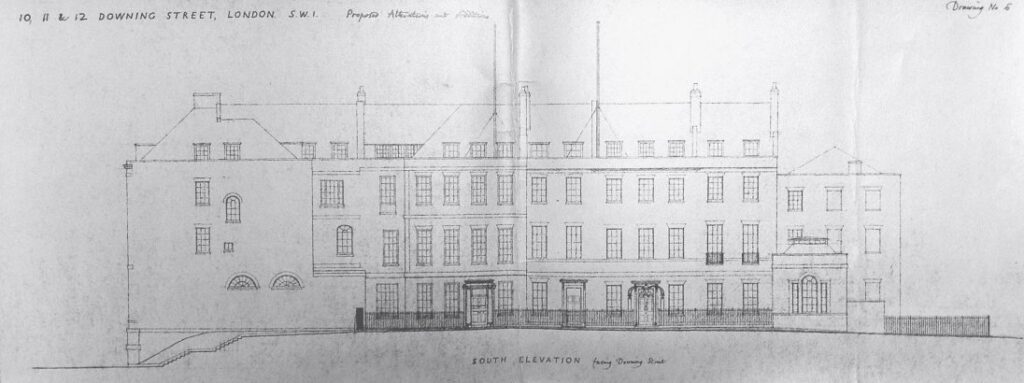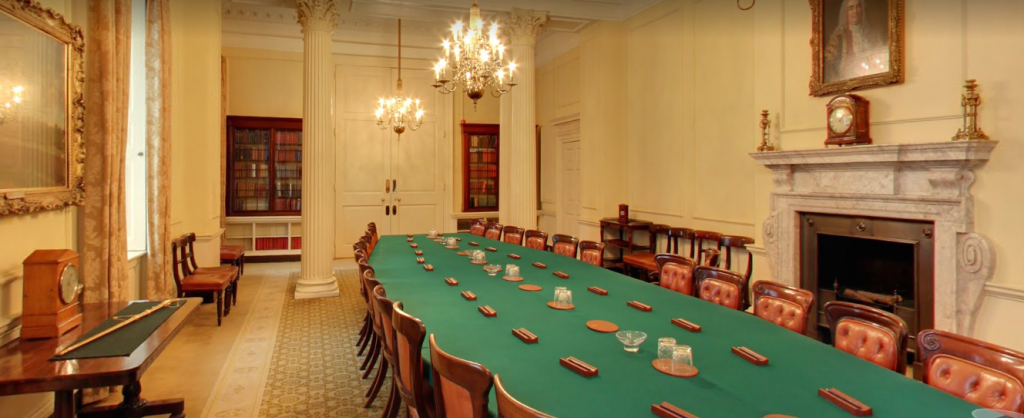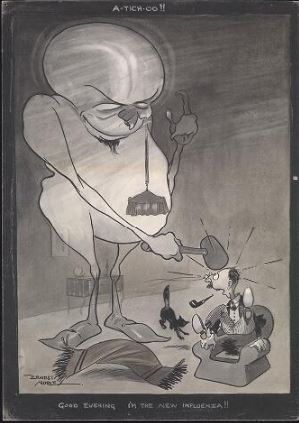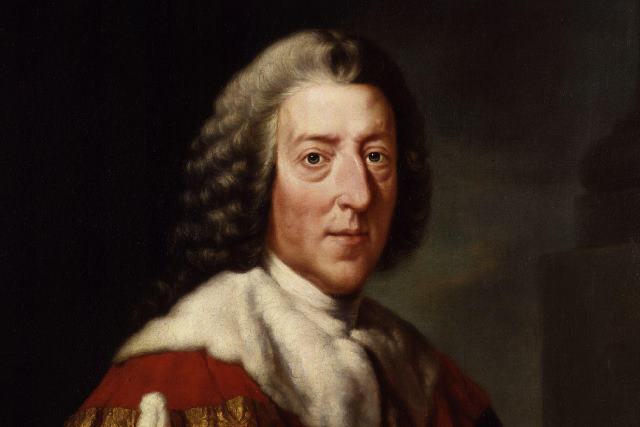Rethinking No. 10 Downing Street

...the centre of British Government. This blog investigates the decisions taken during this process, which would affect the conduct of central government for decades to come. Harold Macmillan Arrives at...

...the centre of British Government. This blog investigates the decisions taken during this process, which would affect the conduct of central government for decades to come. Harold Macmillan Arrives at...

...the Prime Minister and the Cabinet Room itself. In doing so, the Cabinet Office – and the Cabinet Secretary - gained a significant promotion in Whitehall’s ‘geography of power’. In...

...that the Prime Minister was the central figure within Cabinet. However, the whole system rested on understandings – no Act of Parliament defined the institutions of Cabinet and Prime Minister....

...fulfil the long held desire of England’s medieval monarchs to rule as kings in France. Henry V enthroned: central part of the front side of his Golden Seal, 1416. The...

...early as summer 1917. Yet it would take until 1919 and a severe epidemic before this was established, and the nation’s health would come under closer central government scrutiny under...

...were central to a ‘patriot’ position from the 1730s onwards. Henry Pelham and the Duke of Newcastle found Pitt’s comments tactically useful in seeking to moderate the interventionist instincts of...
...Walpole with issues of policy, administration and election management. He constructed a communications operation to promote himself publicly, including using control of the post office to prevent the distribution of...
...central assertion about the rights of a constitutional monarch, as defined by Walter Bagehot in 1867, remains as true as ever: ‘the sovereign has under a constitutional monarchy such as...
...promote his image, and undermine his opponents. A central figure in this operation was Thomas Gordon, who oversaw literary output while holding the official title of First Commissioner of Wine...

...War, 1898-1914 Volume XI: The Outbreak of War, 28 June – 4 August 1914. Our 1914 diplomats and officials tweeted from their respective accounts and were re-tweeted from a central...